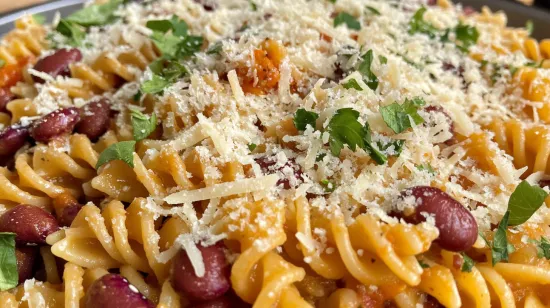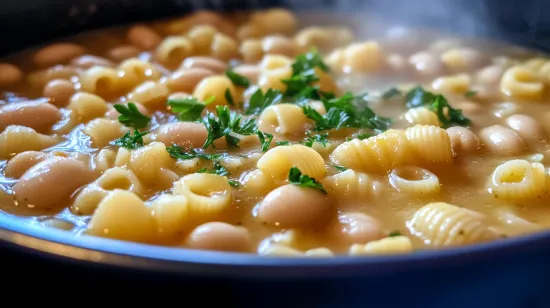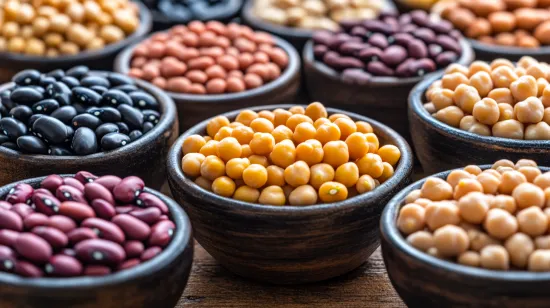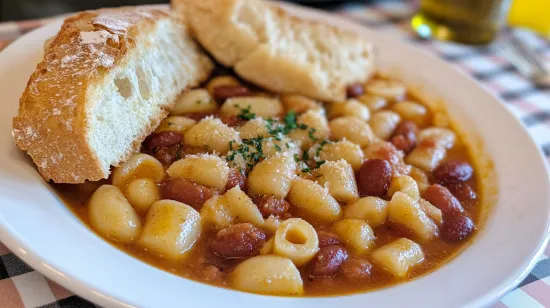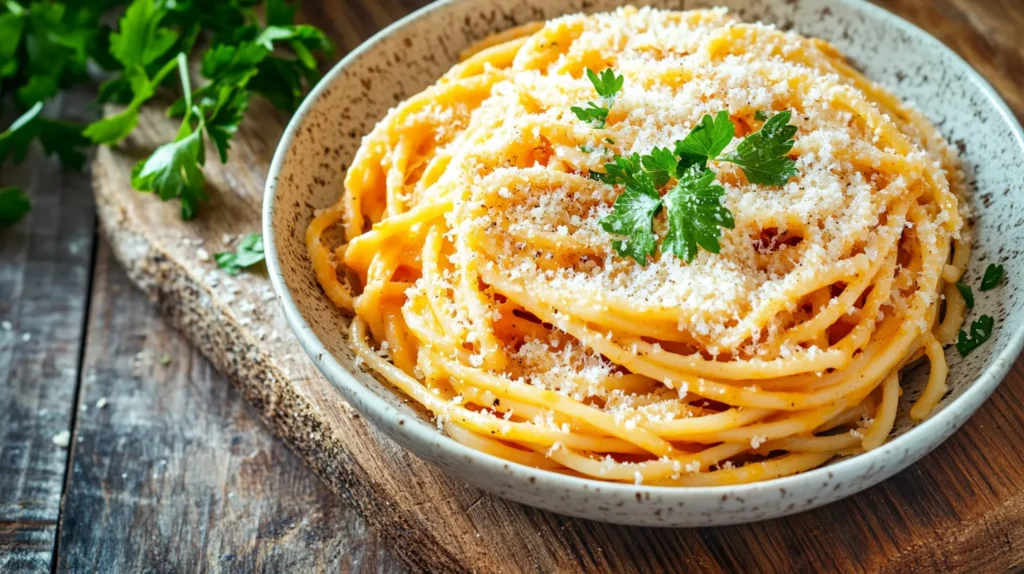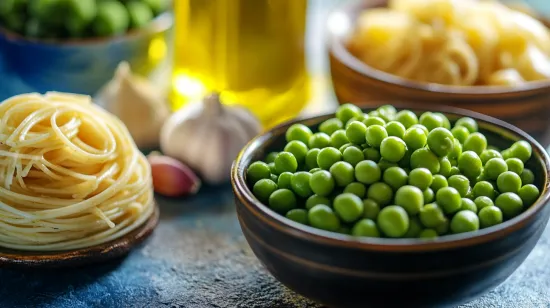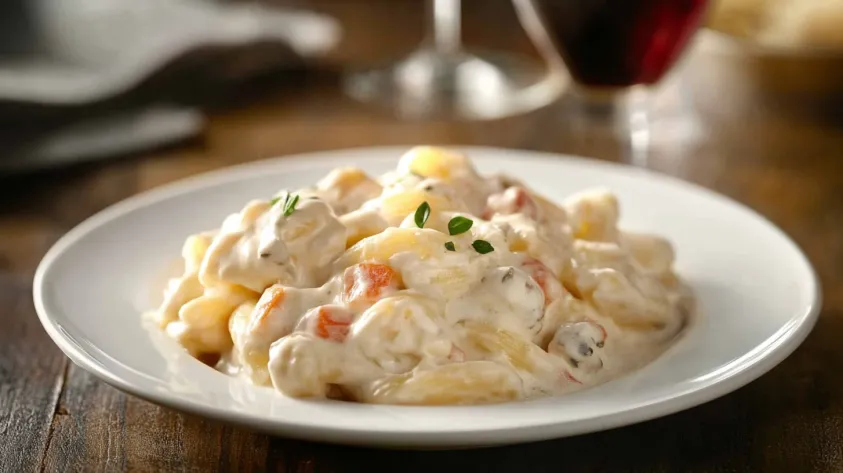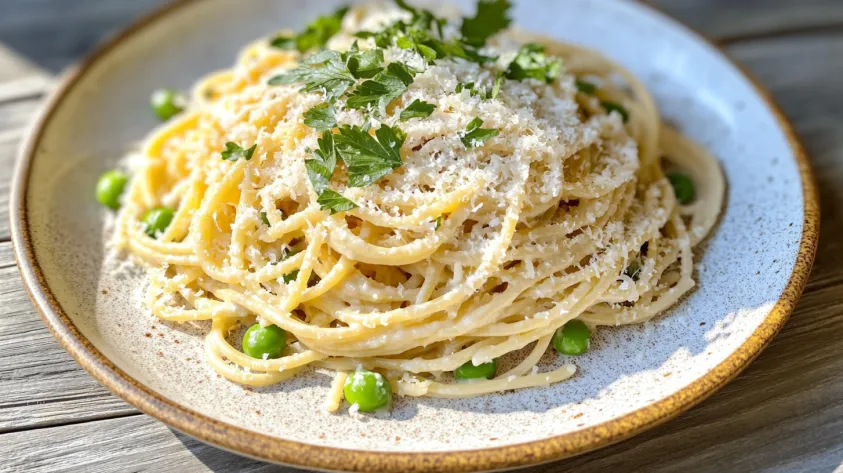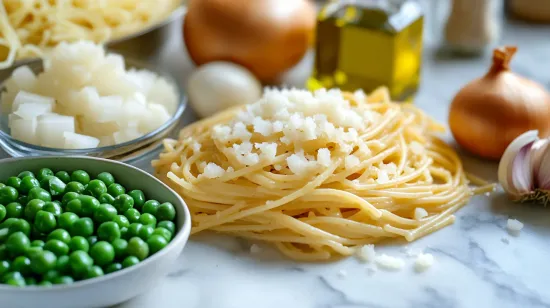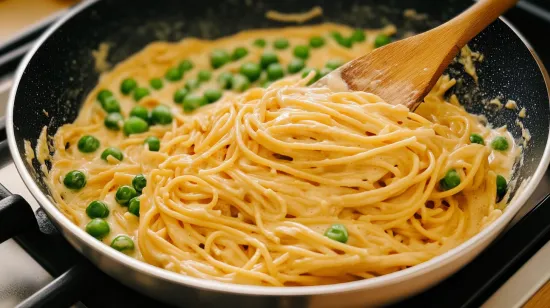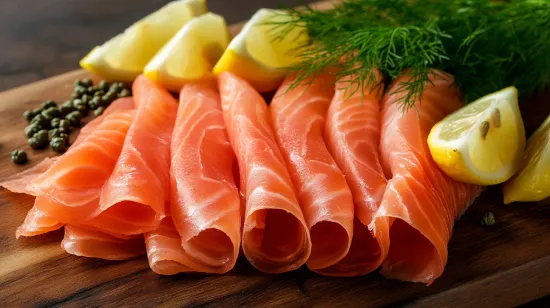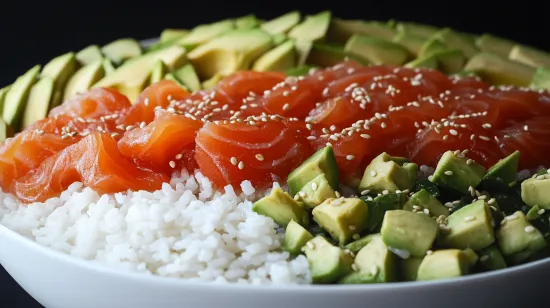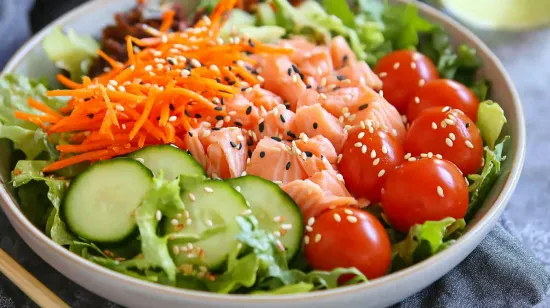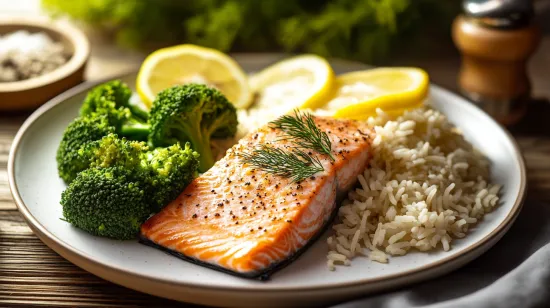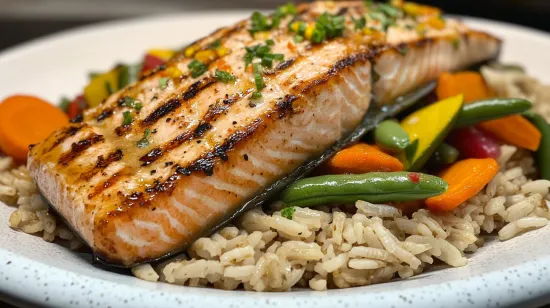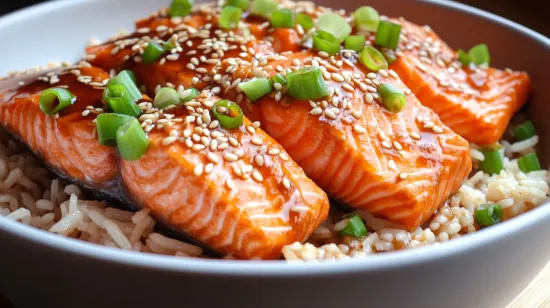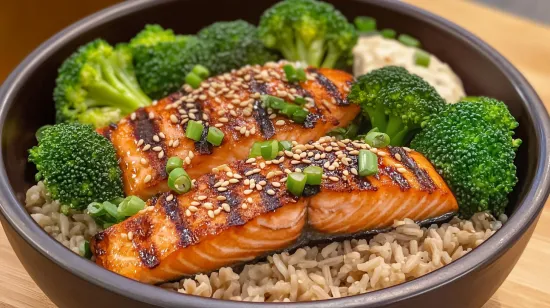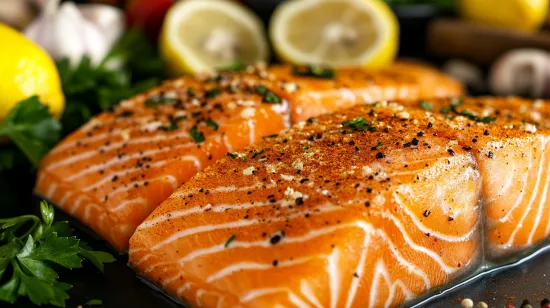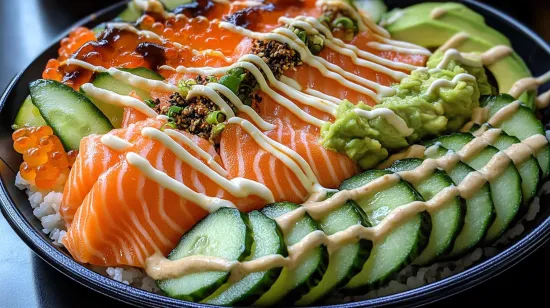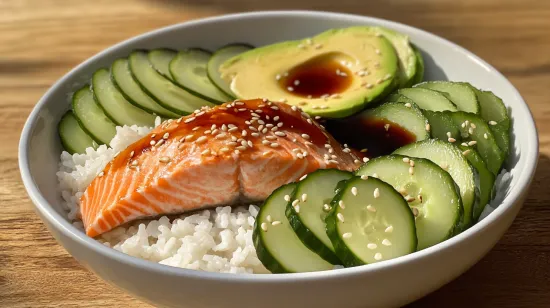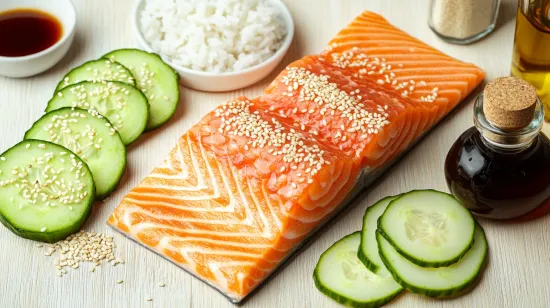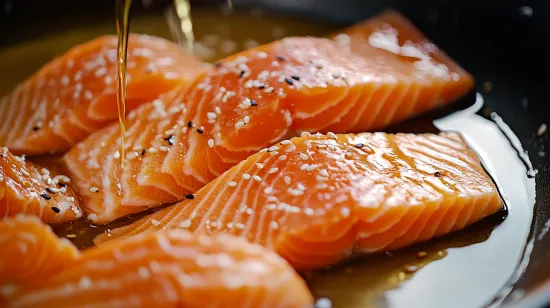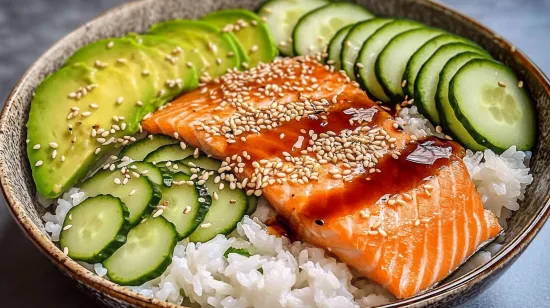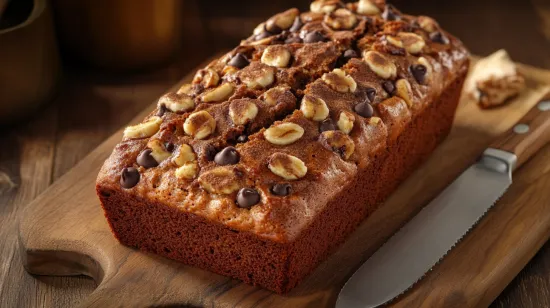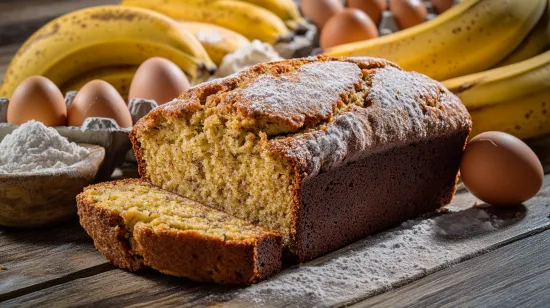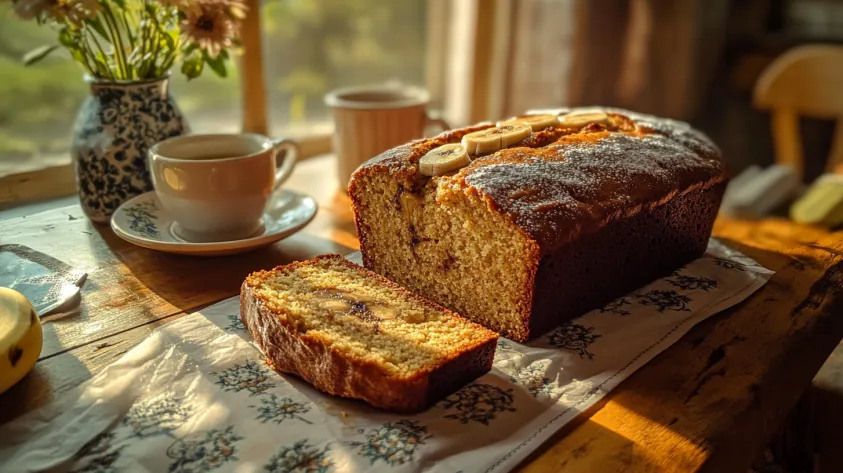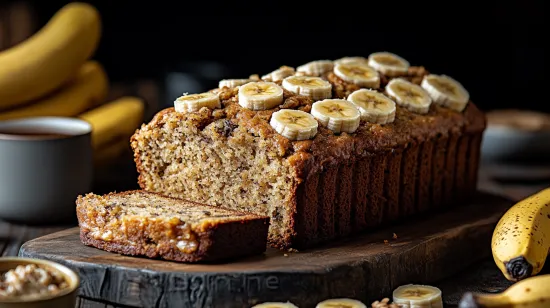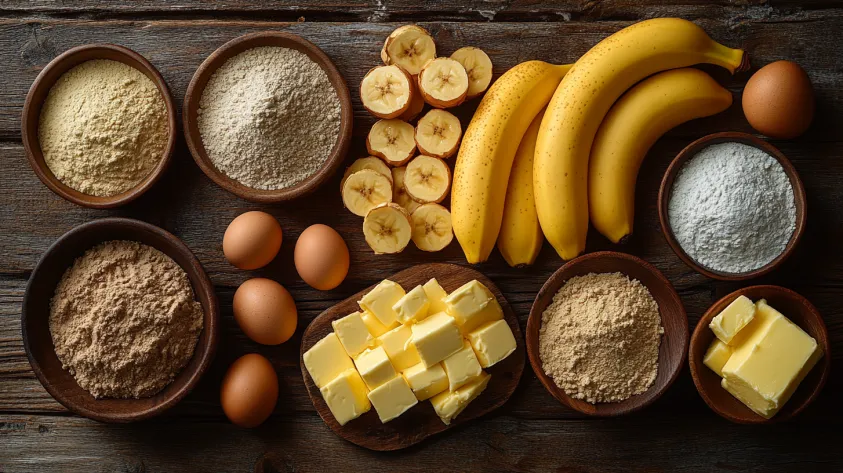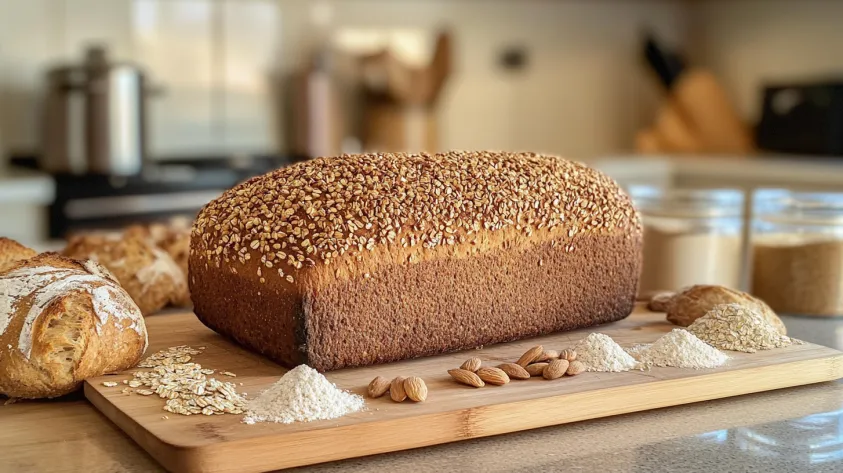
Introduction
Have you ever wanted to bake bread but found yourself without bread flour? Don’t worry—you’re not alone! Bread flour is a common ingredient in baking, but it’s not the only option. Whether you ran out or are experimenting with alternatives, I’ve got good news: you can make delicious bread without it. The results might surprise you!
This guide will walk you through everything you need to know, from why certain flours are used to discovering the best substitutes. Grab your apron, and let’s dive in!
“Running out of specialty flour is just an opportunity to get creative in the kitchen. Who knows? You might discover a new favorite recipe!”
“Running out of bread flour is just an opportunity to get creative in the kitchen. Who knows? You might discover a new favorite recipe!”
Why Bread Flour Is Typically Used in Baking?
Bread flour has a special role in baking. But why is it the go-to option for so many bread recipes? The secret lies in its high protein content, which directly affects gluten development. Gluten gives bread its stretchy, chewy texture—the hallmark of a good loaf.
When you knead dough made with bread flour, the gluten forms a network that traps air bubbles. This is what makes your bread rise tall and have that perfect crumb structure.
So, does this mean you can’t make good bread without it? Absolutely not! You just need to adjust your approach.
The Growing Popularity of Flour Alternatives
With dietary trends shifting and creative cooking on the rise, alternative flours are having a moment. Many people are exploring options like whole wheat, oat, almond, and even gluten-free flours. These alternatives bring unique flavors and textures to your bread, and some even offer added health benefits.
Why stick to tradition when you can experiment? Flour alternatives are like a treasure chest—you never know what you’ll uncover.
Curious about healthier cooking options? You might enjoy exploring how restaurants make omelettes so fluffy, a guide that offers insights into crafting better textures in your recipes.
“Baking without bread flour is like taking a scenic route. The destination is still delicious, but the journey is far more interesting. 🌟”
Understanding Bread Flour vs. Other Flours
Let’s take a closer look at what sets bread flour apart and how other types of flour measure up.
What Makes Bread Flour Unique?
Bread flour typically has a protein content of 12-14%, which is higher than all-purpose flour. This high protein level creates strong gluten bonds, perfect for achieving that airy, chewy bread texture. Think of it like the muscle of flours—it works harder and delivers results.
How All-Purpose Flour Differs
All-purpose flour is the jack-of-all-trades in the kitchen. It has a lower protein content (8-11%), making it more versatile but less specialized for bread baking. While it doesn’t develop as much gluten, it’s still a great option for softer breads, like sandwich loaves or flatbreads.
Gluten and Protein Content: The Key Differences
Protein is the unsung hero of bread-making. The higher the protein, the more gluten—and the more gluten, the better the bread structure. However, not all breads need a lot of structure. Soft rolls and quick breads, for instance, can thrive with less gluten.
Substitutes for Bread Flour
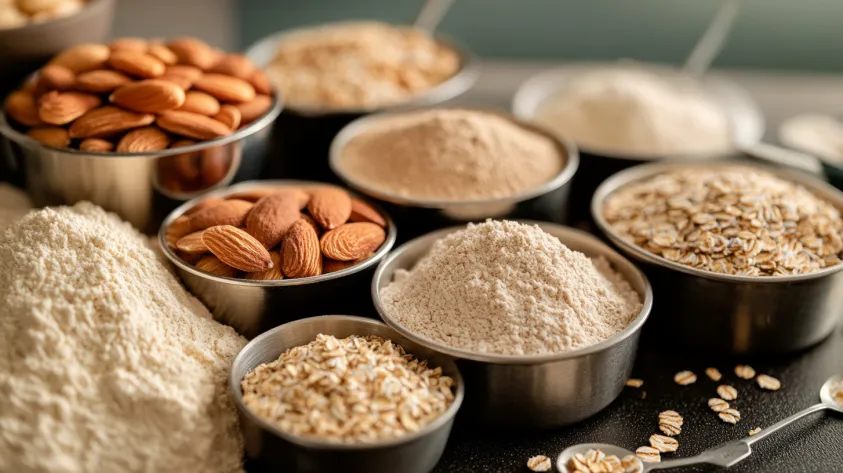
Now that you know the basics, let’s explore some fantastic substitutes for bread flour. These options are pantry-friendly and easy to use.
All-Purpose Flour: A Versatile Alternative
All-purpose flour is the most common substitute for bread flour. It’s available everywhere and produces decent results for most bread recipes. To mimic bread flour, you can add a tablespoon of wheat gluten to each cup of all-purpose flour. This boosts the protein content and helps achieve better gluten formation.
Looking to try something equally versatile? Check out this ultimate banana bread recipe using just two bananas for another simple but satisfying baking project.
Whole Wheat Flour: Healthier but Denser
Whole wheat flour is an excellent choice if you’re looking for a healthier option. It’s rich in fiber and nutrients, but it does make bread denser. To balance this, try mixing it with all-purpose flour. For example, use a 50/50 ratio of whole wheat and all-purpose flour for lighter results.
Gluten-Free Options: Almond, Oat, and Coconut Flour
If you’re gluten-intolerant or just want to try something different, gluten-free flours are a game-changer. Almond flour adds a nutty flavor, oat flour gives a mild sweetness, and coconut flour creates a unique texture. Keep in mind that gluten-free flours often require extra binding agents, like eggs or xanthan gum.
“Gluten-free flours are like the wildcards of baking. They’re unconventional, but with a little patience, they shine. 🌈”
Spelt and Rye Flour: Ancient Grain Alternatives
Spelt and rye flours are perfect for rustic, hearty breads. They have a lower gluten content than bread flour but add depth and complexity to the flavor. These flours work best in recipes that don’t need a lot of rise, like artisan loaves or flatbreads.
Step-by-Step Guide to Making Bread Without Bread Flour
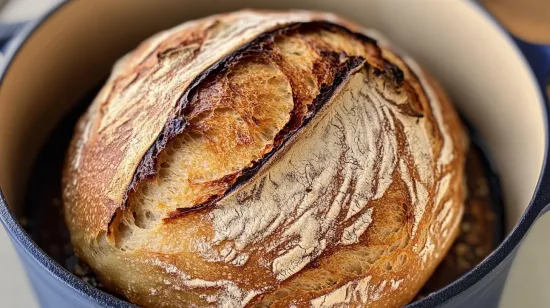
Ready to make bread without bread flour? Let’s go step by step so you can nail the process. Whether you’re using all-purpose flour, whole wheat, or gluten-free options, these tips will ensure your bread comes out perfectly.
Adjusting Your Recipe for Flour Substitutes
Switching flours isn’t just about swapping one for another—it’s about balance. Here’s how to adjust your recipe:
- Measure Carefully: Different flours absorb water differently. Start by using slightly less water than your recipe calls for, then add more if needed.
- Mix Slowly: Some flours, like whole wheat, need more time to hydrate. Let your dough rest for 10-15 minutes after mixing to allow the flour to absorb moisture fully.
- Add Gluten Boosters: If you’re using all-purpose flour, adding a tablespoon of vital wheat gluten per cup can replicate the texture of bread flour.
“Think of your dough as a living thing—it needs patience, care, and just the right environment to thrive. ❤️”
Tips for Mixing and Kneading Non-Traditional Dough
When working with alternative flours, the kneading process might feel a bit different. Here are some pro tips:
- Be Gentle: Over-kneading can make gluten-free or whole wheat dough tough. Aim for a smooth but slightly sticky consistency.
- Hydration Matters: Dough made with whole wheat or oat flour can dry out quickly. Keep a small bowl of water nearby to wet your hands while kneading.
- Stretch and Fold: For artisan-style loaves, use the stretch-and-fold method instead of traditional kneading. This technique helps develop gluten without overworking the dough.
Baking Techniques for Perfect Texture
Now comes the fun part—baking your bread! Alternative flours can behave differently in the oven, so follow these techniques for success:
- Preheat Thoroughly: Ensure your oven is fully preheated. Consistent heat is crucial for a good rise.
- Use Steam: Place a pan of water in the oven or spray the inside with water before baking. Steam helps create a crispy crust and keeps the bread moist.
- Check for Doneness: Bread made without bread flour may take slightly longer to bake. Tap the bottom of the loaf—if it sounds hollow, it’s done.
“Baking bread is like painting a masterpiece—it’s all about timing, precision, and a little creativity. 🎨”
Common Problems and Their Solutions
Even seasoned bakers run into hiccups. Here’s how to troubleshoot some common issues when baking without bread flour.
Why Is My Bread Too Dense?
A dense loaf is often a sign of insufficient gluten development or hydration. Here’s how to fix it:
- Hydrate Properly: Add a bit more water to your dough. Wet dough might be sticky, but it leads to better crumb structure.
- Let It Rest: Allow your dough to rise for longer. Alternative flours can take more time to develop structure.
How to Achieve a Good Rise Without Bread Flour
Struggling to get your bread to rise? Try these tips:
- Use Fresh Yeast: Check the expiration date on your yeast—it loses potency over time.
- Warm Environment: Dough rises best at warm temperatures. Cover your bowl and place it in a warm, draft-free spot.
- Add Gluten: For all-purpose flour, a small amount of vital wheat gluten can make all the difference.
Troubleshooting Texture Issues
Bread made with alternative flours can sometimes feel crumbly or gummy. Here’s how to avoid that:
- Don’t Overbake: Keep an eye on your bread to prevent it from drying out. Use a thermometer to check—bread is done at around 190°F (88°C) internally.
- Experiment with Ratios: If your bread feels too crumbly, try mixing flours. A blend of all-purpose and whole wheat often works well.
Benefits of Using Alternative Flours
Switching from bread flour isn’t just about convenience—it can also open the door to new flavors and nutritional benefits.
Health Advantages of Whole Grain and Gluten-Free Flours
Alternative flours often pack more nutrients than refined bread flour. Whole wheat, for example, is rich in fiber, while almond and coconut flours are great for low-carb diets. By experimenting with these flours, you’re not just making bread—you’re boosting your health.
For more tips on balancing nutrition with flavor, explore the Mexican omelette recipe for a unique and healthy breakfast option.
Unique Flavors and Textures from Alternative Flours
Every flour has its own personality. Rye adds an earthy taste, oat flour brings subtle sweetness, and almond flour creates a soft, cake-like texture. Think of your flour choice as seasoning—it’s what makes your bread uniquely yours.
“Why stick to one flavor when you can create a whole symphony? Flour alternatives are like spices for your bread-making journey. 🌾”
Popular Recipes Using Non-Bread Flour
Let’s dive into some tried-and-true recipes that work beautifully without bread flour. These recipes are versatile, beginner-friendly, and guaranteed to satisfy your bread cravings.
No-Knead Bread with All-Purpose Flour
This recipe is perfect for anyone who wants homemade bread without the hassle of kneading.
Ingredients:
- 3 cups all-purpose flour
- 1 ½ teaspoons salt
- ½ teaspoon instant yeast
- 1 ½ cups warm water
Instructions:
- Combine all ingredients in a large mixing bowl until a shaggy dough forms.
- Cover with plastic wrap and let it rise for 12-18 hours at room temperature.
- Preheat your oven to 450°F (230°C). Place a Dutch oven inside to heat up.
- Transfer the dough to the hot Dutch oven, cover, and bake for 30 minutes. Remove the lid and bake for an additional 15 minutes.
Result: A crusty, artisan-style loaf that’s soft and chewy on the inside.
Rustic Whole Wheat Bread Recipe
For those seeking a healthier option, this whole wheat bread is a winner.
Ingredients:
- 2 cups whole wheat flour
- 1 cup all-purpose flour
- 1 tablespoon honey
- 2 teaspoons salt
- 1 packet active dry yeast
- 1 ¼ cups warm water
Instructions:
- Dissolve yeast and honey in warm water; let it sit until foamy.
- Combine flours and salt in a mixing bowl. Gradually add the yeast mixture, kneading until a smooth dough forms.
- Let the dough rise for 1 hour, then shape into a loaf and place in a greased pan.
- Bake at 375°F (190°C) for 30-35 minutes.
Result: A hearty, flavorful loaf perfect for sandwiches or toast.
Gluten-Free Sandwich Bread Recipe
Gluten-free bread can be tricky, but this recipe makes it simple.
Ingredients:
- 2 ½ cups gluten-free flour blend
- 2 teaspoons baking powder
- 1 teaspoon xanthan gum
- 1 ½ teaspoons salt
- 1 ½ cups warm water
- 2 eggs (or flax eggs)
- 2 tablespoons olive oil
Instructions:
- Whisk dry ingredients together in a large bowl.
- Add water, eggs, and olive oil, mixing until a smooth batter forms.
- Pour the batter into a greased loaf pan and let it rise for 30 minutes.
- Bake at 375°F (190°C) for 40-45 minutes.
Result: A soft, gluten-free bread perfect for sandwiches and spreads.
Storing and Preserving Bread Made Without Bread Flour
Once you’ve baked your masterpiece, you’ll want to keep it fresh for as long as possible. Here’s how:
Best Practices for Keeping Bread Fresh
- Room Temperature: Wrap your bread in a clean kitchen towel or store it in a bread box. Avoid plastic bags—they trap moisture and can make the bread soggy.
- Refrigeration: Not recommended unless your kitchen is very humid. The fridge can dry out bread quickly.
Freezing and Reheating Tips
Freezing is a great way to extend the life of your bread.
- Freeze Whole Loaves: Wrap the bread tightly in plastic wrap, then foil, and freeze for up to 3 months.
- Freeze Slices: Pre-slice your bread and store slices in a freezer bag for easy access.
- Reheat: Warm the bread in the oven at 300°F (150°C) for 10-15 minutes to restore its texture.
“Freezing bread is like hitting the pause button on freshness. Your loaf stays ready for whenever you need it! ❄️”
Frequently Asked Questions
Still have questions? Let’s tackle some common concerns about making bread without bread flour.
Can I Use Cake or Pastry Flour for Bread?
Yes, but with caution. Cake and pastry flours are low in protein, which means they produce less gluten. While they work for softer breads like brioche, they’re not ideal for chewy, structured loaves.
How Do I Improve the Texture of Non-Traditional Bread?
To improve texture:
- Add a tablespoon of vital wheat gluten to flours with low protein content.
- Use eggs or other binding agents for gluten-free recipes.
- Don’t skip resting and rising times—they help develop structure.
Is Bread Without Bread Flour Suitable for Beginners?
Absolutely! Making bread without bread flour is a great way to learn about baking fundamentals. The process teaches you how different flours behave and encourages creativity in the kitchen.
Conclusion
Why Experimenting with Flour Alternatives Is Worth It
Baking without bread flour isn’t just a workaround—it’s an adventure. Whether you’re using all-purpose flour, whole wheat, or gluten-free blends, you’ll discover new flavors, textures, and techniques that elevate your baking game.
“Don’t let the absence of bread flour stop you. In baking, there’s always a way, and the results are always delicious.”
Final Thoughts on Making Bread Without Bread Flour
Bread-making is an art and a science, but above all, it’s about enjoying the process. So next time you find yourself without bread flour, don’t stress—experiment! Who knows? You might create a recipe so good you’ll never go back to traditional bread flour again.
Happy baking! 🍞

